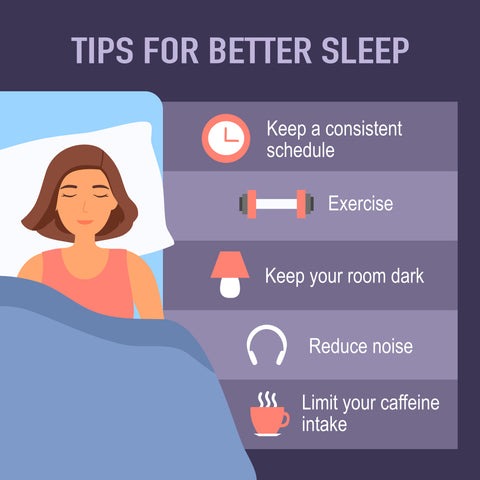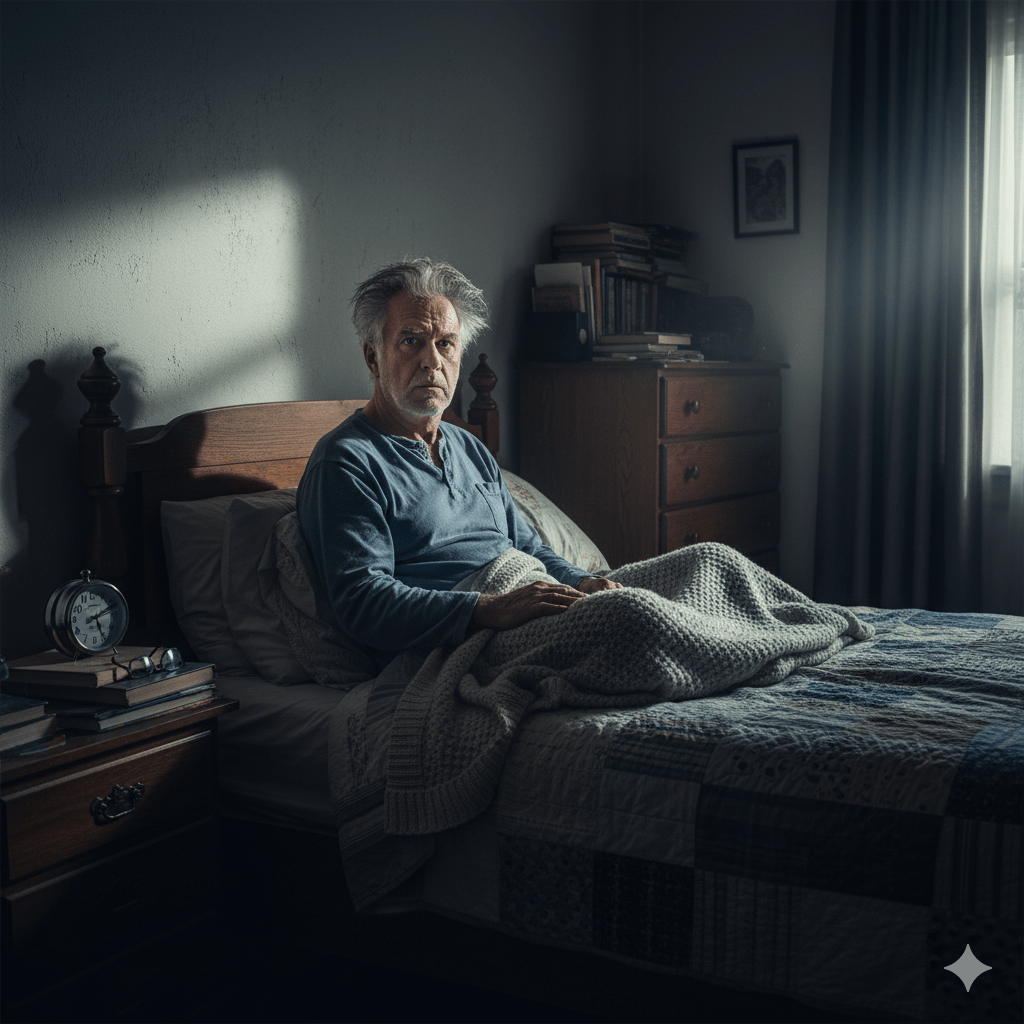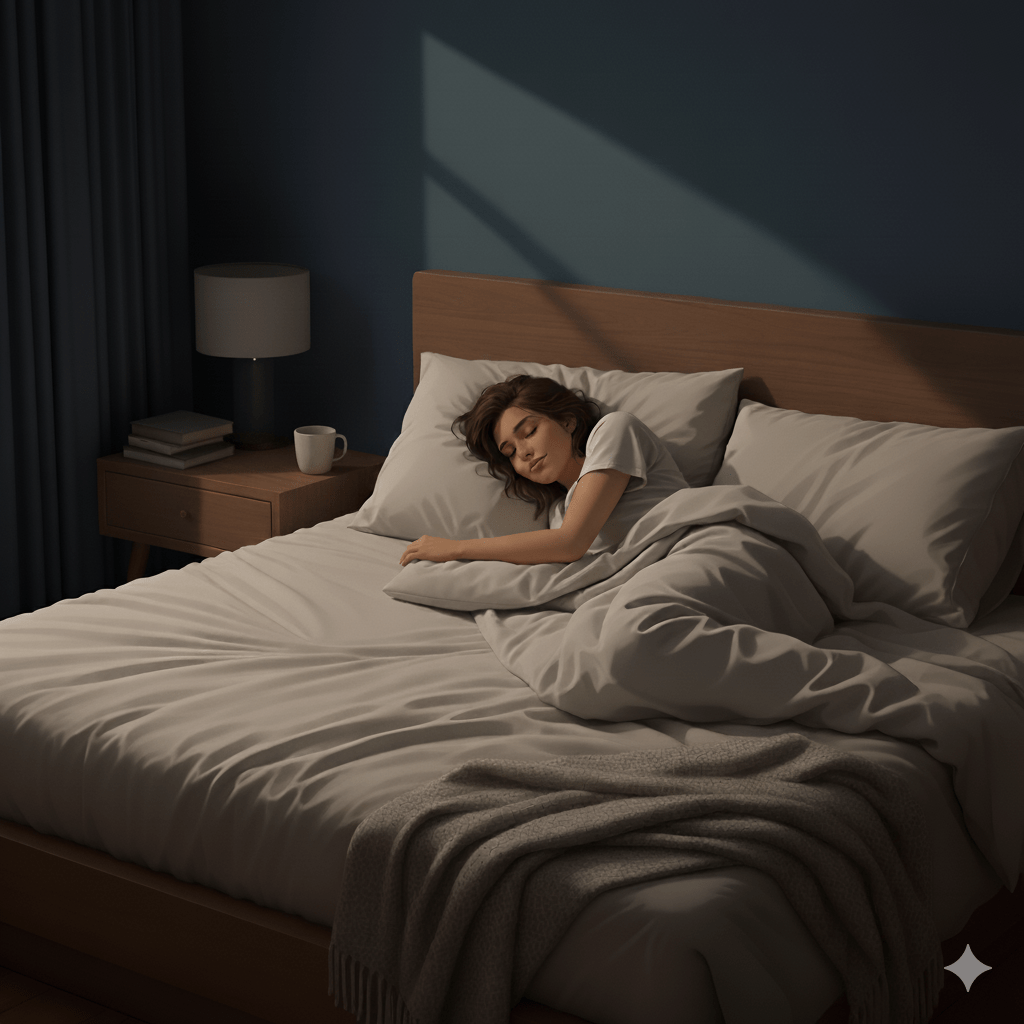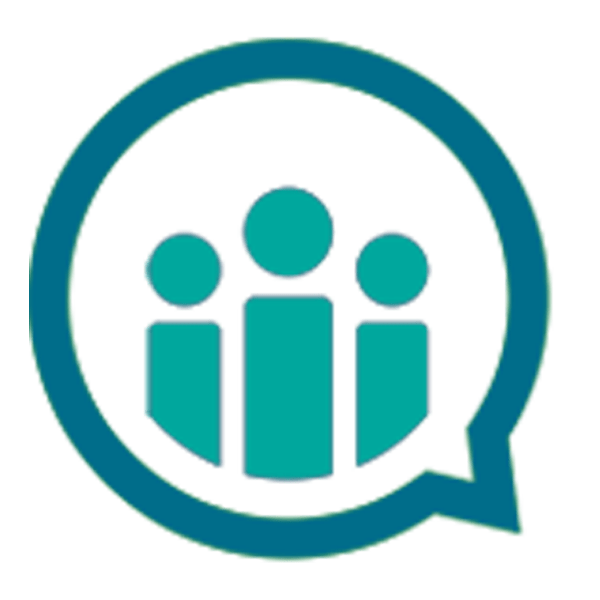Article #14
Healthy People, Healthy Communities
Why Sleep Matters, and What to Do When It Does Not Come Easy
In this Empowering the Citizen Patient article, retired family physician Dr. Mindy Smith shares insights on sleep health and the common problems that prevent so many of us from getting the rest we need. Drawing on years of medical practice, Dr. Smith explains what healthy sleep looks like, why it is important for our health, and what can be done when good sleep plays hard to get.
There are times when I wake at night with so many thoughts that I find it difficult to go back to sleep. I know I am not alone in this. Over my years in practice, I cared for countless patients who came to me struggling with the very same problem. Occasional restless nights happen to everyone, but when sleeplessness becomes a pattern it is called insomnia.
People with insomnia may have trouble falling asleep, staying asleep or waking too early and feel tired in the morning. Lack of proper amounts of sleep can cause problems with attention, behavior, learning, memory, quality of life, and mental and physical health. In adults, poor sleep is associated with weight gain, diabetes, high blood pressure, heart disease, stroke, and depression. Accidents occur more often when we are sleep deprived!
What Normal Sleep Looks Like
How much sleep we need, and how easily we get it, changes over a lifetime.
Infants sleep 12 to 16 hours a day, waking often to feed. Children between the ages of three and twelve require between 9 and 14 hours of sleep depending on age. Teenagers need 8 to 10 hours, although many struggle because their natural body clocks push them to stay up late, sometimes until midnight, making early mornings for school or work difficult. Adults do best with seven or more hours of sleep. Older adults may sleep more lightly, take longer to fall asleep, and wake more frequently. Short naps of 20 to 30 minutes during the day can help fill the gap.
Many people now track their nights with devices such as Fitbits or Apple Watches that record light, deep, and REM (rapid eye movement) sleep. While not as accurate as formal sleep studies, these tools can encourage healthier bedtime habits and give a rough sense of sleep patterns. REM sleep normally makes up 20% of total sleep time and most adults need about 2 hours of REM sleep each night. Cycles of non-REM and REM sleep last 90-120 minutes and most adults go through 4-5 cycles each night.
Why Sleep Gets Interrupted
Many things can interrupt our sleep such as poor sleep habits, stressful or traumatic events, substance use (including alcohol, nicotine and caffeine), health problems, and medicines.
Health problems that can interrupt sleep include heart failure, chronic breathing problems, digestive problems like reflux, nighttime bathroom trips (e.g., overactive bladder, prostate enlargement), hot flashes, pain, and mental health conditions (e.g., anxiety and depression). Therapies for these conditions can help. Seek medical attention if you think these may be the cause of your sleep problem.
A pharmacist can help you determine if one of your medications could be causing poor sleep and/or you can check for medication side effects on drugs.com. Diet can also affect sleep, so consider a trial diet containing higher protein or lower carbohydrates.
When It Is More Than a Rough Patch
There are 6 main types of sleep disorders shown in Table 1 on PACC’s website. This article covers insomnia, obstructive sleep apnea and two sleep-related movement disorders.
Insomnia affects about one in five adults. Signs include taking more than 30 minutes to fall asleep, waking often during the night, waking too early and being unable to fall back asleep, and feeling tired or irritable during the day. If this happens three nights a week for three months or more, it is time to take action.
Start with good sleep habits: go to bed and wake up at the same time every day, keep your bedroom cool and dark, avoid heavy meals and electronic screens before bed, and exercise regularly (but not shortly before bedtime). There is evidence that following a Mediterranean or DASH diet reduces risk for insomnia. If these changes do not help, cognitive behavioral therapy for insomnia, also called CBT-i, is the most effective treatment. It is available in British Columbia with a referral from a family doctor. Meditation-based mind-body interventions (e.g, Mindfulness, Tai Chi, Yoga, Qigong, cyclic meditation) can improve sleep quality.
Indigenous patients can also speak with a patient navigator through the Circle Of Indigenous Nations Society or seek resources on the First Nations Health Authority website – fnha.ca.
Online programs and apps are also available on techniques to improve sleep. Short-term medication (shown in Table 2 on PACC’s website) may be used if other methods are not effective.
Obstructive Sleep Apnea (OSA) that results in daytime sleepiness affects about one in 10 adults. However, higher rates of about 37% of men and 50% of women are reported depending on the type of testing. In this condition, the throat briefly closes during sleep, causing pauses in breathing. People may snore loudly, gasp for air, or wake up often without realizing it. Sleep apnea can increase the risk of heart problems. It can be treated with lifestyle changes, continuous positive airway pressure (CPAP) machines, or other medical options.
There are a number of sleep clinics in the area that can be consulted for diagnosis and treatment including Columbia Respiratory (Trail, Grand Forks and Nelson, offers 45-minute appointments to review health concerns related to OSA and provide guidance and free OSA screening; 250-364-0277), VitalAire (Trail; 250-364-2325), and IRS Sleep Apnea, CPAP and Snoring Clinic (Castlegar; 250-365-6204).
Restless Legs Syndrome and Periodic Limb Movements affect about 10 percent of people. They cause uncomfortable sensations or jerking movements in the legs that disturb sleep. These problems often run in families and are more common during pregnancy. Exercise, massage, and prescription medicines can help (Table 2). Ask your family practitioner or pharmacist for more information.
Hot flashes occur in about half of mid-life women and last about 7 years (thankfully, they do decrease in how often they come and how long they last over time). Treatments for hot flashes include hormone therapy (most effective and very safe for those under age 60 years), non-hormonal medications (e.g., citalopram, fezolinetant), CBT or mindfulness training, black cohosh extract, and possibly electro-acupuncture.
The Bottom Line
Sleep problems are common, but they should not be ignored. If better sleep habits do not help, reach out to your family doctor, pharmacist, or a sleep specialist. There are effective treatments that can restore healthy sleep, and with it better mood, energy, and overall health.
Losing sleep night after night is more than an annoyance. It is a health issue that deserves attention and care.
Table 1. Main categories of sleep disorders
| Sleep disorder | Example | Description | Links |
| Central disorder of hypersomnolence | Narcolepsy | A neurological disorder affecting the brain’s ability to regulate sleep-wake cycles resulting in daytime sleepiness and sleep attacks | https://www.wakeupnarcolepsy.org |
| Circadian rhythm sleep-wake disorders | Jet lag, shift work sleep disorder | Disrupted normal sleep pattern resulting in difficulty getting to sleep and waking | https://www.nhs.uk/conditions/jet-lag/ |
| Insomnia | Secondary (related to substance use) | Often having trouble falling asleep, waking early and unable to fall back asleep | https://www.healthlinkbc.ca/healthwise/insomnia |
| Parasomnias · During early non-REM sleep · During late non-REM sleep · During REM sleep |
Teeth grinding, sleep twitches (myoclonus) Night terrors, periodic limb movement disorder Nightmares |
A group of sleep disorders that involve undesirable events or behaviors that occur during sleep | https://www.sleepfoundation.org/parasomnias |
| Sleep-disordered breathing | Obstructive sleep apnea | Recurrent episodes of upper airway obstruction leading to reduced or absent breathing during sleep | |
| Sleep-related movement disorders | Restless legs syndrome | A neurological disorder causing an irresistible urge to move the legs accompanied by leg tingling or throbbing | https://sleeponitcanada.ca/sleep-disorders/periodic-leg-limb-movement-disorder-plm-and-restless-legs-syndrome-rls/ |
Table 2. Medications that help with insomnia
|
Medication type |
Effectiveness |
Potential side effects* |
|
Benzodiazepines – short to medium-acting (examples: temazepam, triazolam) |
Reduce time to fall asleep by about 4 min, increase sleep duration by about 1 hour; helps with sleep onset |
Habit forming, allergic reaction, drowsiness, light-headed or dizziness, anxiety |
|
Non-benzodiazepine sedative hypnotics (examples: zolpidem, ramelteon) |
Reduce time to fall asleep by about 12 min, increase sleep time by about 30 min; helps with falling and staying asleep |
Drowsiness, dizziness, nausea, worsening insomnia |
|
Dual orexin receptor antagonists (lemborexant, suvorexant, and daridorexant) |
Reduce time to fall asleep by about 12-20 min, increase sleep time by about 20 min; helps with falling and staying asleep |
Drowsiness, weakness, unusual dreams, dizziness, sleep paralysis, headache |
|
Antidepressants (examples: doxepin, trazodone) |
Modest improvement in sleep quality; helps maintain sleep (6 weeks use effective for mirtazapine and amitriptyline) |
Stomach upset, drowsiness, dizziness, anxiety, dry mouth, light-headed, blurred vision |
|
Melatonin |
Reduced time to fall asleep by about 12 min; particularly effective for jet lag and shift work |
Drowsiness, dizziness, nausea, headache |
*Differ by individual drug
Sources: Essential Evidence Plus – Insomnia; drugs.com; Sutton E. Insomnia. Ann Intern Med. 2021; 174(3):ITC33-ITC48.
Click/Tap the LIKE button to share via email, instagram, Facebook and More!

Get the articles direct to your inbox!





